Disclosure: We may get commissions for purchases made through links in this post.
So you decided to lay pavers to add appeal to your house. But you don't know what should be installed on top of the soil. Worry no more! We're here to guide you. We've researched what limestone screening is and whether it should be wet.
No, you shouldn't wet the limestone screening before installing pavers. Instead, see these steps on how to properly apply limestone for a paver base:
- Prepare the crushed limestone.
- Filter the limestone to remove oversized granules.
- Dry the limestone.
- Spread the filtered limestone throughout the entire area.
- Pin the pavers on top with a hammer, then fill the paver joints with sand.
- Now is the time to wet the limestone by spilling water throughout the area.
Screening is a method to extract the smallest, dry particles. It is usually done to enhance the quality of limestone before it is applied as a sub-base. Screening must be done properly to serve its purpose, namely to prolong the pavers' lifespan. We'll provide you with more relevant information throughout this article. Continue reading!
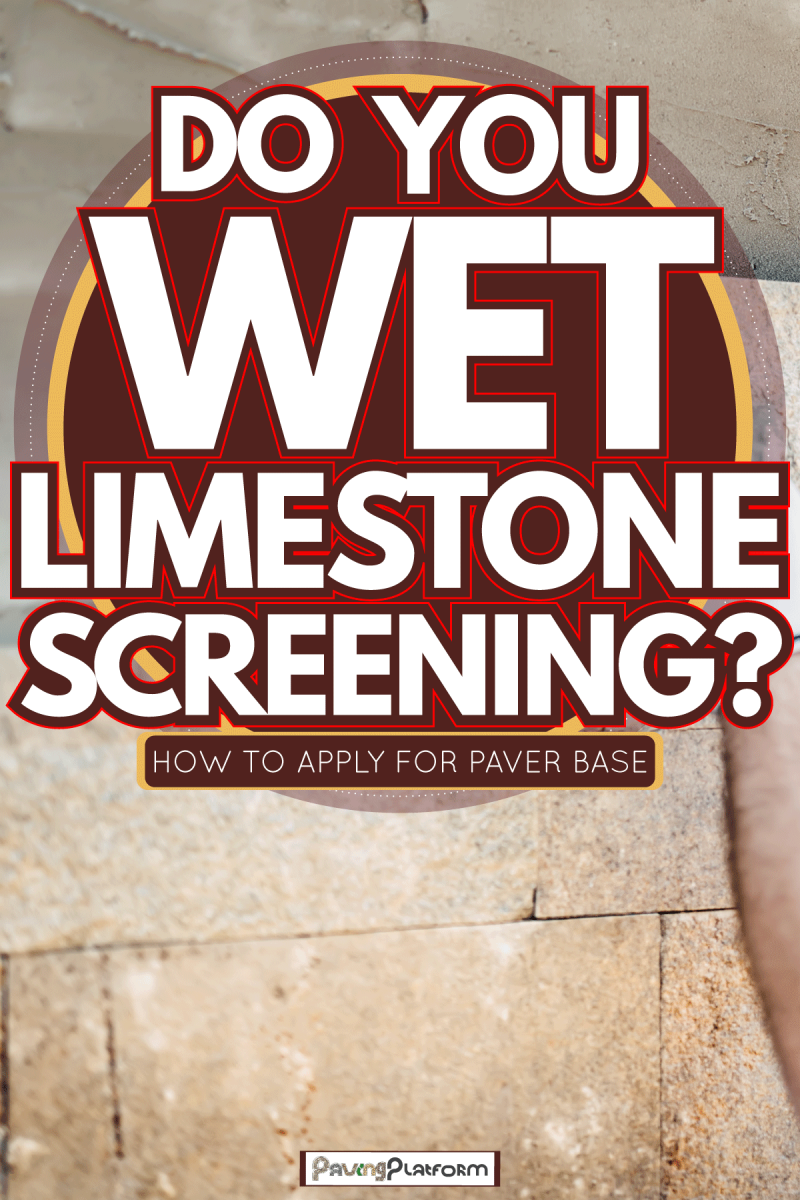
How To Dry Limestone
To maximize efficiency, limestone should be dry before you apply it as a screen. Dry limestone will bond with other surfaces more firmly. Some construction companies use a rotary dryer, which is a huge machine for drying and filtering stones.
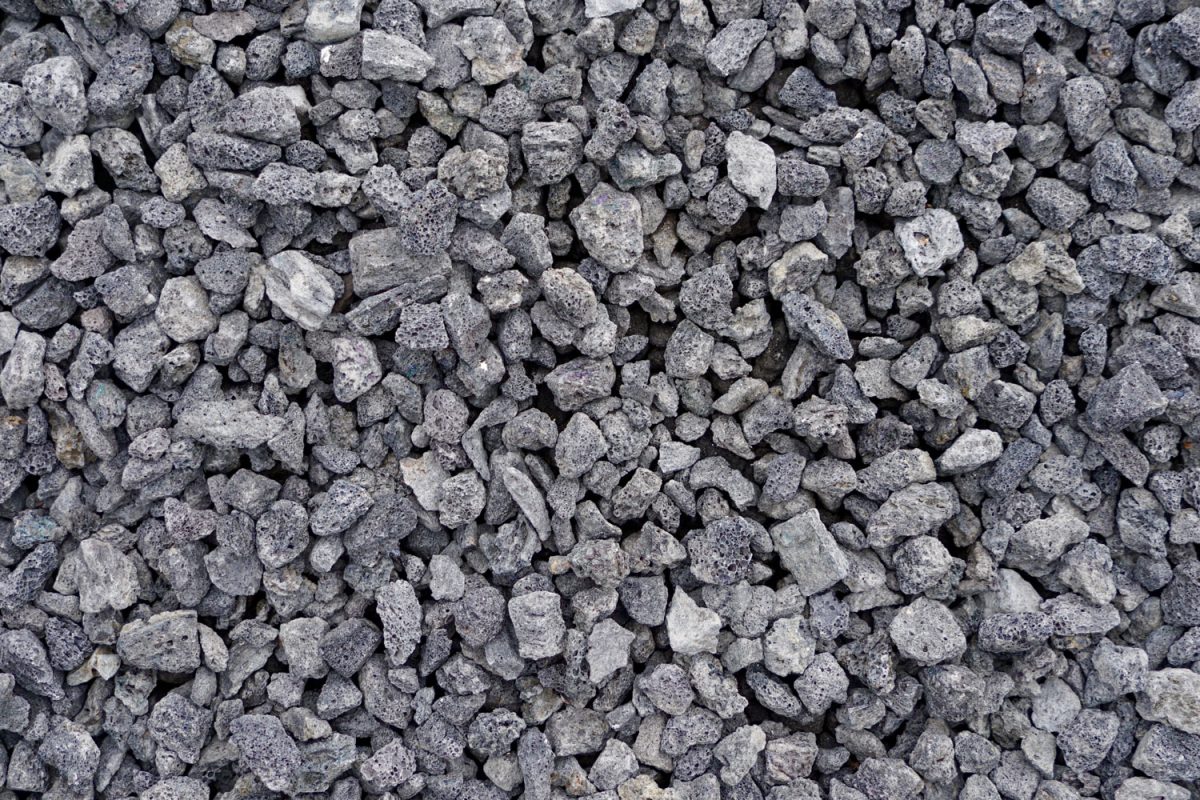
Drying the limestone before installing it under the pavers will give you optimal results. You may seek out a professional to help you with this.
However, you can dry limestone manually by following these steps:
- Wear your gloves, then place the wet limestone in a clean container.
- Squeeze the limestone between your hands with force to extract moisture.
- Spread the limestone on a dry, clean, and flat surface.
- To protect it from stray animals and getting wet, cover the perimeter of the area with nylon or wood. You may cover the limestone with a huge tarpaulin sheet for faster drying.
- Leave the limestone for at least three days in the sun. Make sure it's not rainy or the winter season.
- Start the screening process by transferring the dry limestone into a clean container or wheelbarrow.
See this outdoor tarpaulin on Amazon.
Can You Burn Limestone For Drying?
Never attempt to burn limestone for drying. This process is done by experts with a special machine to trap the air. Burning limestone will create massive amounts of carbon dioxide, which is dangerous when inhaled. Remember that drying is different from burning.
Limestone Screening Benefits
Limestone screening is the process of filtering limestone particles into finer granules. It is used as a subbase underneath the pavers. Screening is done for limestone, concrete, and shells. It's an old practice that provides plenty of benefits to many homeowners. Let's discuss further what it can do after you install it.
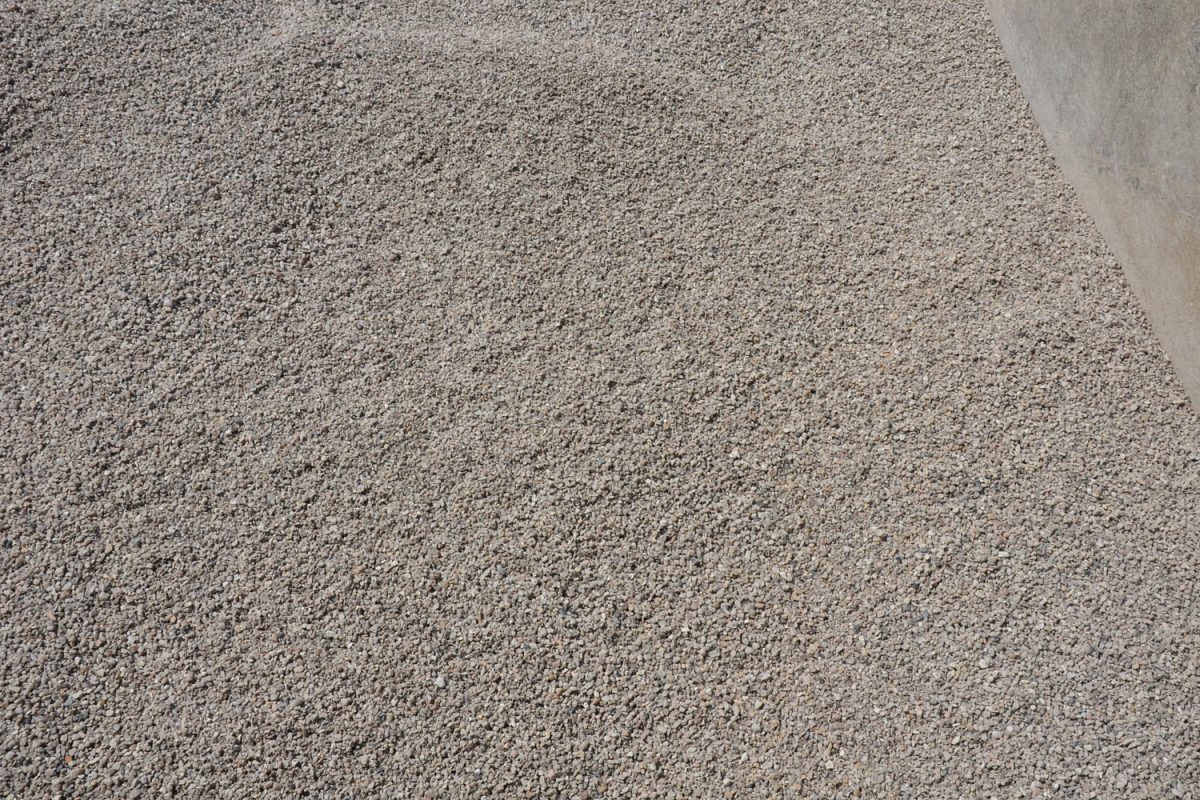
1. Restricts Weed Growth
Due to the hardened surface underneath the pavers, the earthly minerals are restricted. Limestone can also protect the soil from sunlight. As a result, weeds and other plants cannot grow.
2. Blocks Moisture
Cold temperatures generate liquid molecules that penetrate through pavers, which will create algae and make the pavers slippery. Limestone can block moisture since it is a type of sedimentary rock that mainly comes from underwater sites.
3. Enhances Pavers' Durability
Limestone can stabilize the pavers. It can minimize earthly vibrations and prevent pavers from cracking. It can withstand strong pressure with its toughness equivalent to the durability of hardened concrete.
Is Limestone Screening Required?
Limestone screening is highly suggested. You might want to opt for long-lasting pavers than rush the process and settle for short-term solutions. Limestone may be costly, but consider the benefits it can add to your pavers. It's a wise investment that will help you avoid frequent repairs that may lead to higher repair costs.
How To Screen Limestone
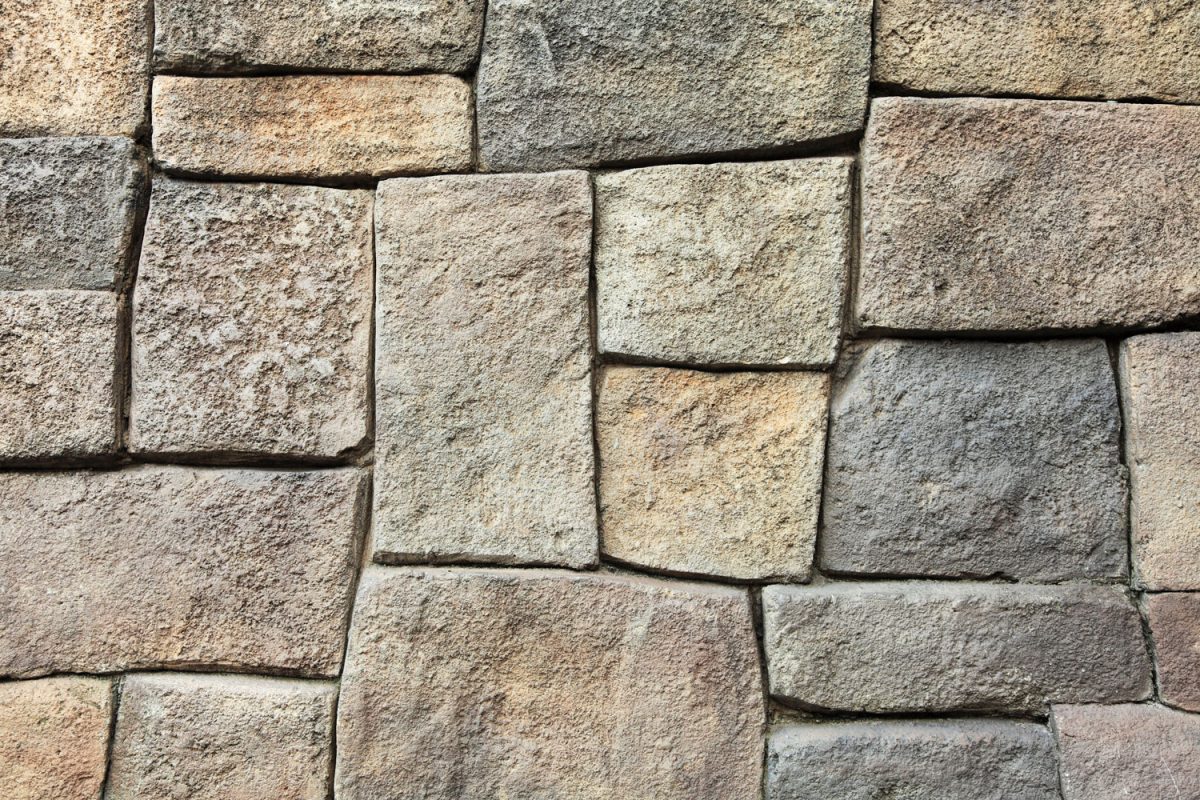
Usually, limestone is filtered by a huge truck for major construction projects. It will take time if your area is large and you do not have a contractor. However, you can still do it alone or with the help of a friend.
Keep in mind that manual screening is advisable only for average-sized areas because it can be an exhausting project. Remember to wear a mask to avoid inhaling dust.
Follow these steps:
- Make a rectangular frame with wood or scrap pipes.
- Attach a thin, flexible wire mesh to the frame with an adhesive or nails.
- Find someone to help you screen. You can also hang it on a tree or somewhere above the ground.
- Place a wheelbarrow under the screener you made.
- Spread the limestone on top, then swing back and fortify. Do this until the limestone becomes fine.
- Separate the larger limestone particles. However, you may crush it to the maximum amount before dumping it.
Manual screening requires some time and effort, but it's worthwhile in that it can save you money.
See this wire mesh roll on Amazon.
What To Do After Limestone Screening?
The next process after limestone screening is leveling. You should spread limestone throughout the area and sweep it with a flat rake.
For more accurate leveling, follow these steps:
- Using a nylon string, make a perimeter around the area. This will indicate the depth of the screening.
- Pour the filetered limestone throughout the area.
- Level the limestone with a flat rake.
After leveling, you can now install the pavers. The paver joints should then be sealed with sand. You may ask a professional to help you.
How Much Filtered Limestone Is Needed?
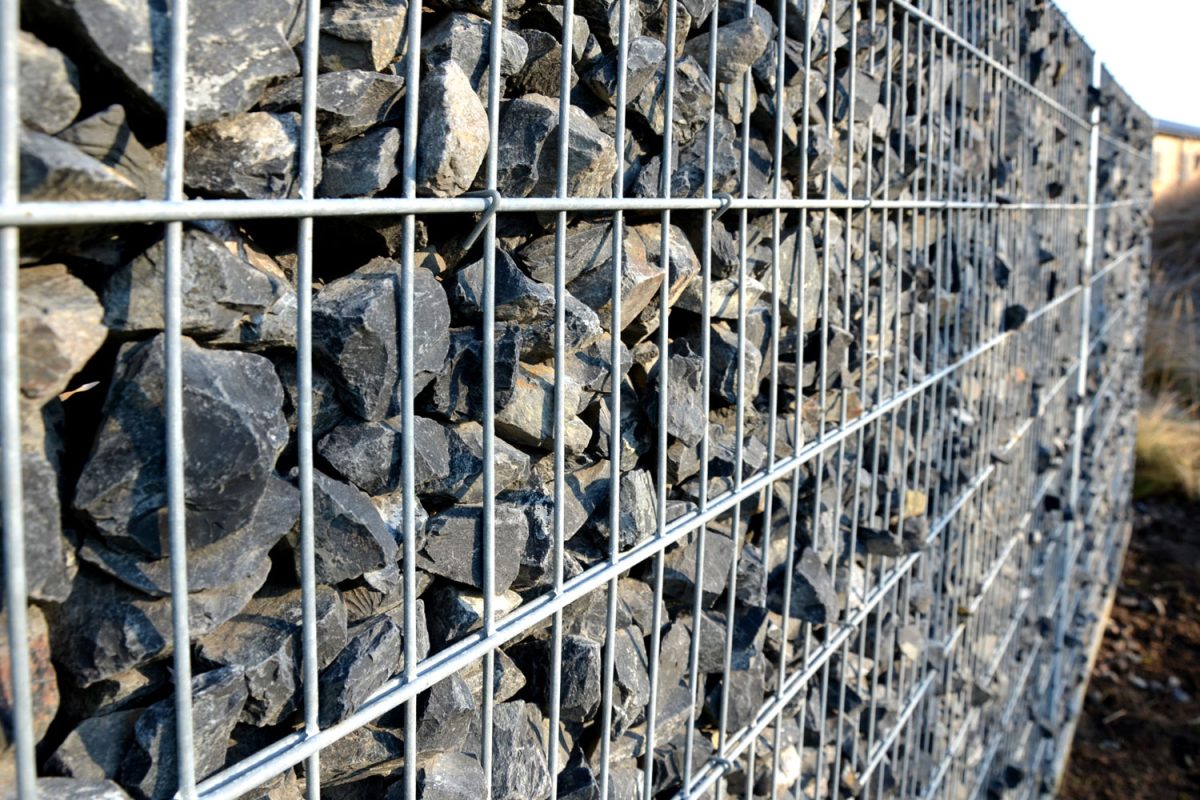
Limestone screening has a usual depth of 0.75 inches to 2.5 inches. On average, you need at least 35 pounds of limestone for every 15 square feet of the area. It's better to have extra limestone than to struggle with less.
How Long Does Limestone Screening Last?
With limestone screening, pavers can last for up to 50 years, provided you seal the joints. Proper alignment and maintenance can also prolong the pavers. However, some factors may affect the paver's lifespan, such as soil erosion. Overall, limestone is a good investment for your home.
Can You Install Limestone Screening Over Concrete?
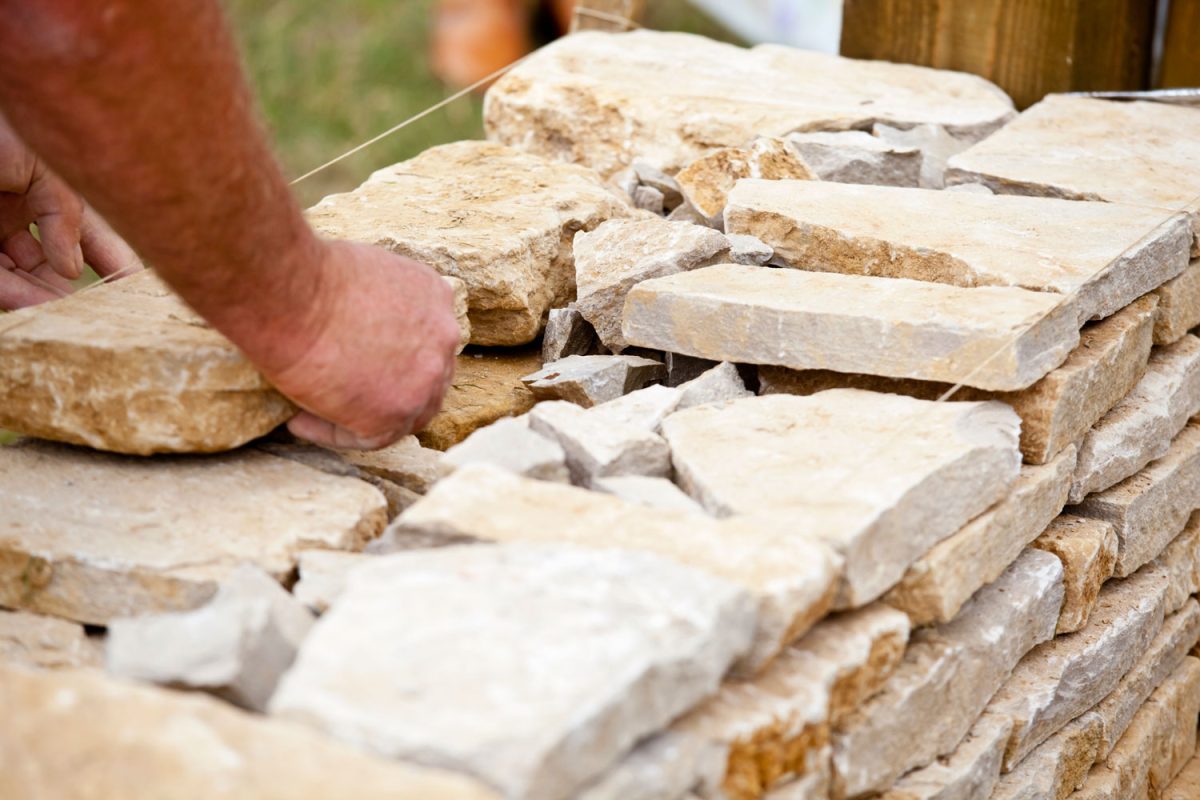
It is not completely wrong to install limestone screening over concrete, but it would be impractical. The concrete itself already acts as the screening layer underneath the pavers. You can directly install pavers over concrete, as the soil is already blocked from nurturing plants. However, adding a layer of limestone can thicken the surface.
Can You Use Filtered Limestone As A Joint Filler?
You cannot use pure limestone as a joint filler as this will be wiped out easily. Instead, mix it with another compound like sand or gravel. The reason why you fill the joints with sand is to let it settle with the subbase, right after you wet the pavers with water. The sand and limestone screening will act as bonding agents beneath the pavers.
Alternatives To Limestone Screening
Other screening methods share the same steps for installation as limestone screening but differ in the type of base. Take a look at these screening alternatives.
Concrete
Concrete is a cheaper alternative to limestone, but take note that it does not filter moisture the same way limestone does.
Concrete is a mixture of gravel and sand, while limestone is sedimentary. However, you can use concrete as the base of pavers, which can last for up to 30 years.
See this concrete mixture on Amazon.
Crushed Shells
Shells have the ability to absorb minerals and moisture. These can be used to filter nutrients and block plants from growing.
Crushed shells strengthen the pavers by hardening them from beneath. This material is quite expensive, but it can last for up to 30 years.
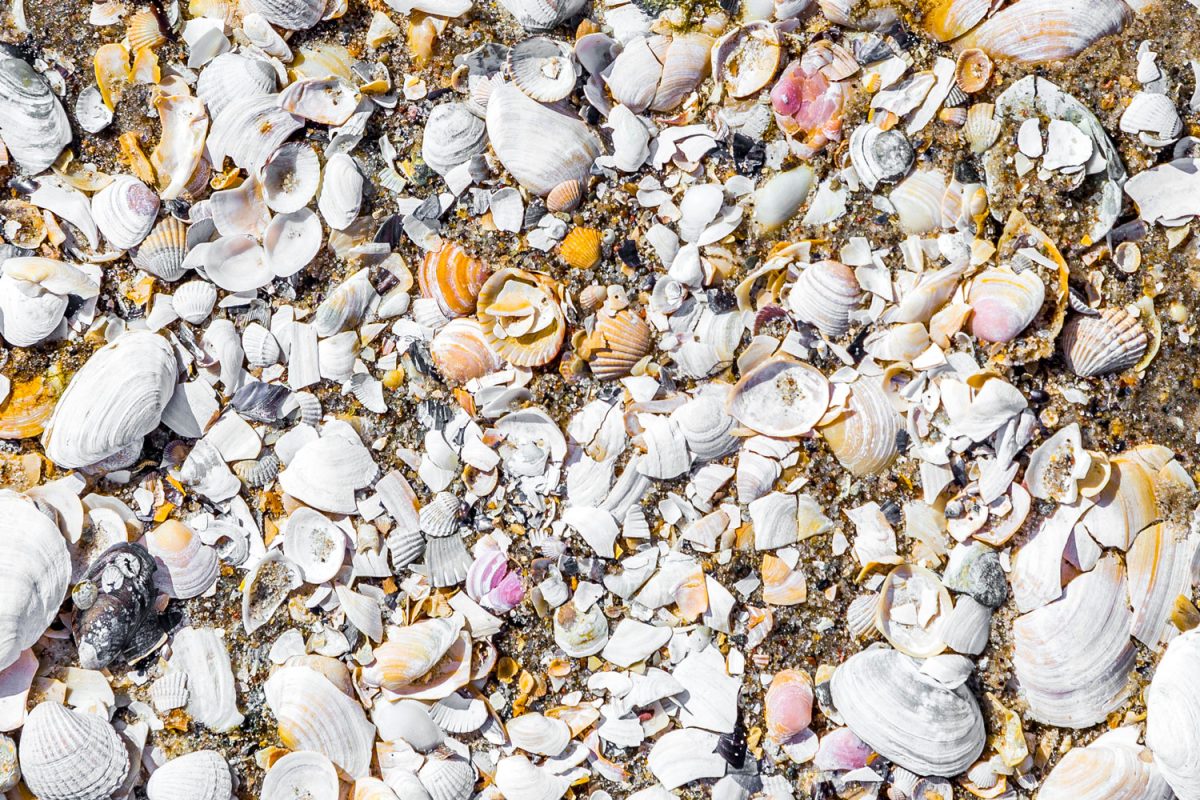
Crushed Rocks
Crushed rocks can keep the soil dry, so applying crushed rocks under the pavers will secure them on the ground.
Crushed rocks may vary from dolomite, granite, slate, to other earth rocks. These may be costly depending on the location of the quarry. Crushed rocks under the pavers can last for up to 50 years.
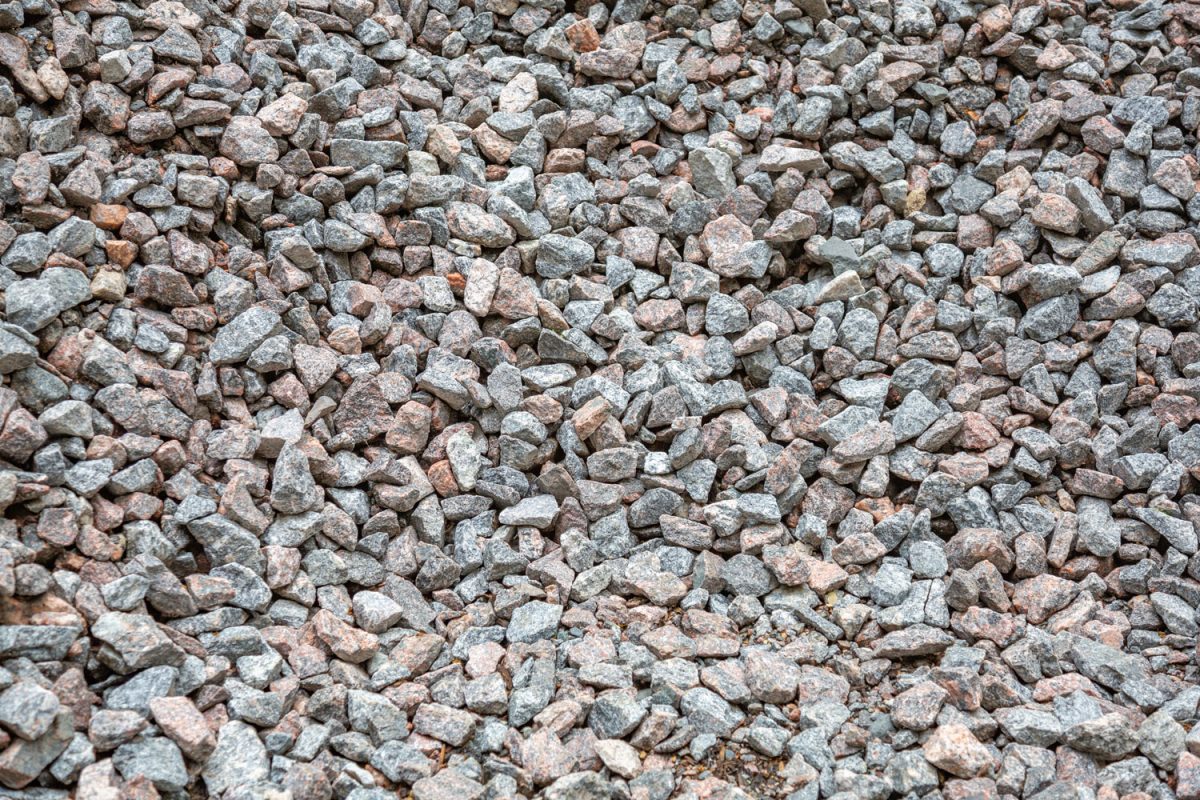
Recycled Concrete
As its name suggests, recycled concrete comes from the ruins of used concrete and rocks. For instance, you may use rocks from a demolition site. You can save money by asking homeowners to use them for free or buying them for a cheap price.
However, you may encounter inconsistency with its durability. It can also take time to crush them into finer granules and filter out the dirt. Depending on the quality of the recycled concrete, using it under the pavers may last for up to 20 years.
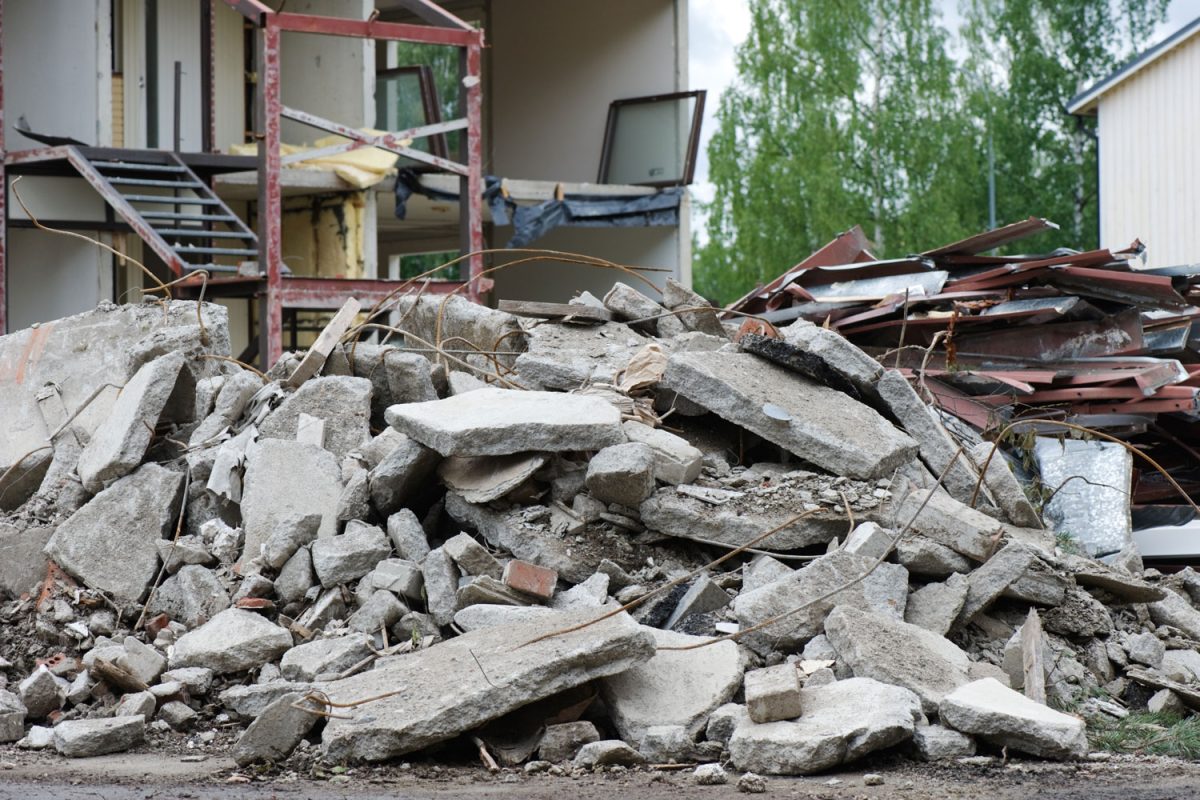
Conclusion
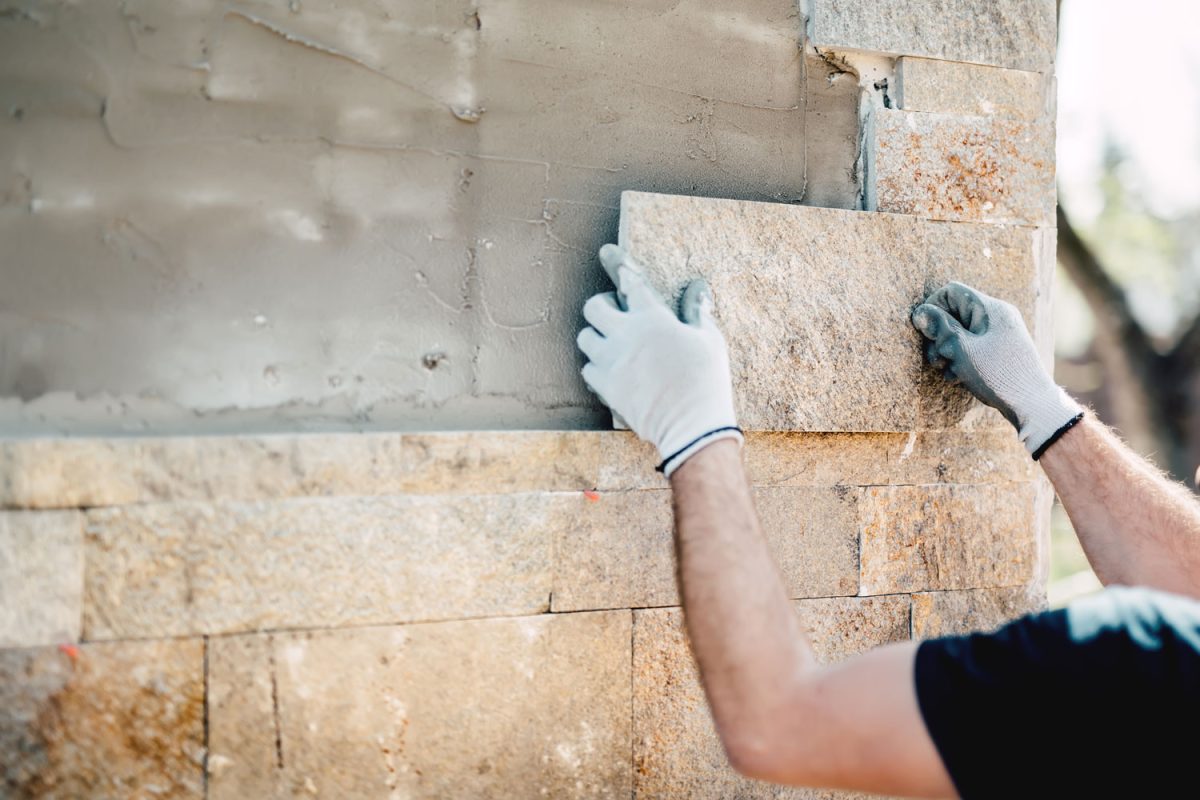
You should not wet the limestone screening before the installation. Instead, screening should be wet after installing the pavers to maximize efficiency. Filter the large particles and use the finest ones for long-lasting durability.
We know you want to learn more from us. Check out these articles:





![Vibrant Red Paver Stone Path, Can You Spray Paver Sealer? [How To Apply It]](https://pavingplatform.com/wp-content/uploads/2022/04/Vibrant-Red-Paver-Stone-Path-600x400.jpg)
![Properly laid out red pavers for a garden, Can You Tint Paver Sealer? [And How To]](https://pavingplatform.com/wp-content/uploads/2022/04/Properly-laid-out-red-pavers-for-a-garden-600x400.jpg)
